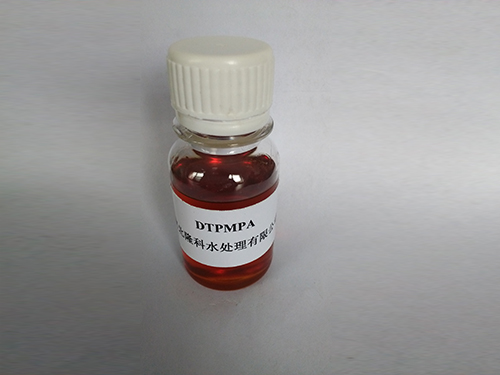Synthesis and Applications of Polyfunctional Carboxylic Compounds in Modern Chemistry
Understanding Polycarboxylic Compounds Structure, Function, and Applications
Polycarboxylic compounds, characterized by multiple carboxyl (-COOH) functional groups in their molecular structure, play a critical role in various scientific and industrial fields. These organic compounds are significant in chemistry due to their unique properties, which stem from the presence of these multiple acidic groups. This article aims to explore the structure, function, and diverse applications of polycarboxylic compounds.
Structure of Polycarboxylic Compounds
The defining feature of polycarboxylic compounds is their multiple carboxyl functional groups. A common example is citric acid, which contains three carboxyl groups. The presence of these groups significantly influences the compound's chemical behavior and reactivity. The spatial arrangement of the carboxyl groups can lead to the formation of various isomers, which may exhibit different chemical properties. The acidity of polycarboxylic compounds can be attributed to the ability of the carboxyl groups to donate protons, making them weak acids.
Another important aspect of their structure is the potential for intermolecular interactions, such as hydrogen bonding, which can impact the physical properties of substances, including solubility and melting points. As the number of carboxyl groups increases, these interactions become more pronounced, leading to varying degrees of polymerization, which is essential in the formation of complex biological molecules and synthetic polymers.
Function of Polycarboxylic Compounds
The presence of multiple carboxyl groups in these compounds not only enhances their acidity but also contributes to their role as excellent chelating agents. This means they can bind metal ions, making them invaluable in various chemical reactions and processes. This chelation ability is widely utilized in areas ranging from agriculture, where polycarboxylic acids help in soil nutrient uptake, to medical applications, where they assist in detoxifying heavy metals in patients.
polycarboxylic

Furthermore, polycarboxylic acids have a vital role in the field of biochemistry. Their structure allows them to participate in metabolic processes within living organisms. For instance, citric acid is central to the citric acid cycle, which is essential for energy production in aerobic respiration. This cycle not only highlights the importance of polycarboxylic acids in sustaining life but also underscores their role in energy metabolism, which is crucial for various cellular functions.
Applications of Polycarboxylic Compounds
The versatility of polycarboxylic compounds extends into multiple industries. In the field of materials science, they are integral components in the production of polymers, surfactants, and coatings. Their ability to modify the properties of polymers makes them ideal for creating specialized materials with tailored characteristics, such as improved flexibility, durability, and resistance to environmental degradation.
In the food industry, polycarboxylic acids like citric acid and ascorbic acid (vitamin C) serve as preservatives, flavor enhancers, and acidity regulators. Their effectiveness in prolonging shelf life and improving food safety is widely recognized, making them staple ingredients in many food products.
Moreover, in the realm of pharmaceuticals, polycarboxylic compounds are utilized in drug formulations and as intermediates in the synthesis of various drugs. Their capacity to form complexes with active pharmaceutical ingredients often enhances bioavailability, allowing for more effective treatment options in patient care.
Conclusion
Polycarboxylic compounds are crucial in numerous fields due to their unique structural characteristics and functional properties. Their role as chelating agents, their biological significance, and their wide-ranging applications place them at the forefront of chemical research and industry. Understanding the importance of these compounds not only illuminates their utility in current scientific endeavors but also paves the way for future innovations across various disciplines. As research continues, the full potential of polycarboxylic compounds will likely yield even more groundbreaking discoveries and applications.
-
Understanding Polycarboxylic Acids: Properties, Applications, and Future PotentialNewsJul.28,2025
-
Scale Inhibitor Explained: How to Protect Your System from Limescale and Hard Water DamageNewsJul.28,2025
-
Scale and Corrosion Inhibitors: Essential Chemicals for Industrial Water System ProtectionNewsJul.28,2025
-
Polyaspartic Acid: A Biodegradable Polymer for Sustainable ChemistryNewsJul.28,2025
-
Isothiazolinones: A Versatile Antimicrobial Class with Industrial Power and Regulatory ChallengesNewsJul.28,2025
-
A Deep Dive into 2-Phosphonobutane-1,2,4-Tricarboxylic Acid (PBTC)NewsJul.28,2025





